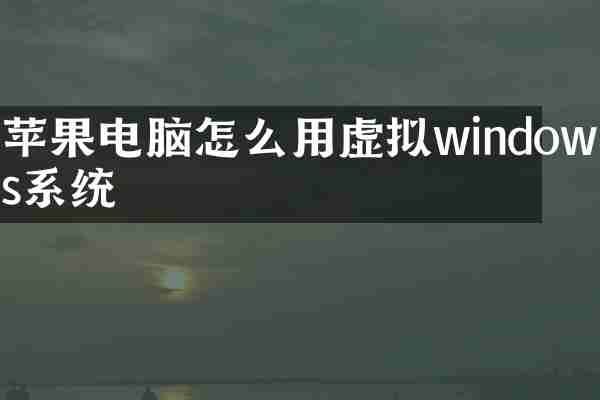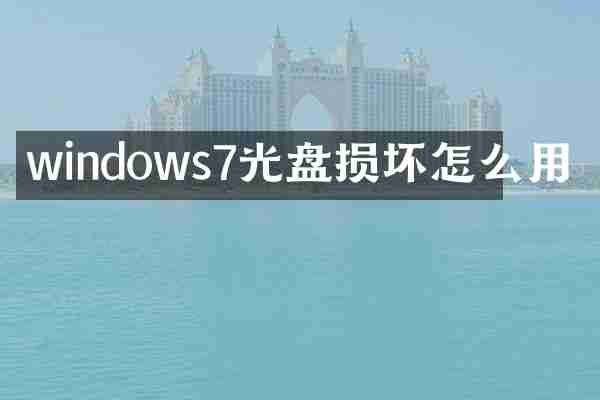在 iOS 上推送(Push)通知以使用 Gal(例如 Galley 或 Gallery)功能一般涉及几个步骤。以下是一个大致的流程,适用于集成推送通知功能:

1. 创建 App ID:在 Apple Developer Center 上创建一个 App ID,并确保启用了推送通知(Push Notifications)功能。
2. 生成 APNs 证书:
- 在 Apple Developer Center 中为你的应用生成 APNs 证书,下载并安装它。
- 使用该证书生成一个 .p12 文件,以便在服务器端发送推送通知。
3. 配置后端服务器:
- 需要一个后端服务器来管理和发送推送通知。可以使用 Node.js、Python、Java等语言来开发服务器端应用。
- 使用 `APNs HTTP/2` 或 `APNs Legacy` 方式与 Apple 的推送通知服务进行通信。
4. 在 iOS 应用中注册推送通知:
- 在你的 iOS 应用中请求用户的通知权限:
swift
import UserNotifications
UNUserNotificationCenter.current().requestAuthorization(options: [.alert, .badge, .sound]) { granted, error in
// 处理用户的授权响应
}
UIApplication.shared.registerForRemoteNotifications()
5. 实现代理方法:
- 实现 `didRegisterForRemoteNotificationsWithDeviceToken` 和 `didFailToRegisterForRemoteNotificationsWithError` 方法,以获取设备令牌并处理错误:
swift
func application(_ application: UIApplication, didRegisterForRemoteNotificationsWithDeviceToken deviceToken: Data) {
let tokenParts = deviceToken.map { data in String(format: "%02.2hhx", data) }
let token = tokenParts.joined()
print("Device Token: \(token)")
// 将 token 发送到你的服务器
}
func application(_ application: UIApplication, didFailToRegisterForRemoteNotificationsWithError error: Error) {
print("Failed to register: \(error)")
}
6. 发送推送通知:
- 使用服务器端代码(根据你选择的技术栈)与 APNs 进行通信,发送通知给指定的设备。需要将之前获取的设备令牌发送到你的后端服务器。
7. 处理收到的推送通知:
- 在应用中实现相应的逻辑来处理应用在前台或后台收到的推送通知。
如果你有使用 Gal 的具体需求或框架,提供更详细的信息将有助于给予更加针对性的指导。

查看详情

查看详情